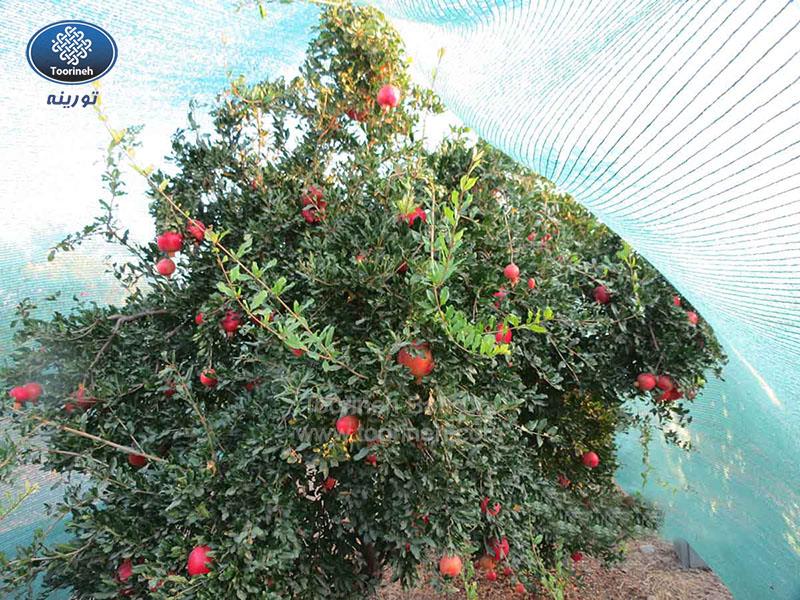
Protective nets (Shade nets) in horticultural productions - part 1
There are numerous studies discuss about the effectiveness of shade nets in enhancing the quality of horticultural productions. Dr. Kavousi, who is a senior lecturer at the University of Agricultural Science and cooperate with Toorineh Baft, has deep researches on shade nets effects. The following essay includes some parts of his researches, presenting in several sections.
Introduction
Climate change and global warming cause various physiological abnormalities in horticultural crops, such as plant stunting, leaf scorch, sunburn of fruits, reduced quality, etc.
Plants respond to the quantity, quality, direction, and duration of light intensity. There are diverse photoreceptors and light responses in plants, including chlorophylls, phytochromes, cryptochromes, phytotropins, etc. The light and other environmental parameters lead plants to adapt to environmental conditions. In recent decades, there are some efforts have been done to manipulate the physiology of plants by using selective light filters, especially in greenhouse conditions.
By creating a suitable microclimate under the shade nets, these nets are used to manipulate the growth of plants. For instance, studies reveal black, red, white, and yellow shade nets make grapes more fruitful about 30%. Shade nets are used to reduce physical damage and improve the quantity and quality of apples. The effectiveness depends on climate conditions. The quantity and quality of grapes depending on the climate of the region, location (altitude, the slope of the land, etc.), and the crown of the plant. Temperature and light are important parameters that affect the quantity and quality of the product. Shade nets can adjust these parameters.
Light
In recent years, plant sunburn is one of the major problems in agriculture, due to global warming, climate change, drought, decreased precipitation and humidity, and hot and dry winds. For example, pomegranate sunburn disorder causes fruit cracking and bleaches the typical red color of pomegranate seeds.
The effect of light on plants is important in three aspects, quantity, quality, and duration of radiation, which in the next essay will be introduced.
Опубликовано: 14:15:10 1400/10/15
Посетил: 2209
Посетил: 2209



